Restoration work ongoing at Chestnut Cemetery
Trip Advisor lists Chestnut Street Cemetery as #4 out of 22 things to do in Apalachicola, just after the Orman House, recently closed for renovation; the Raney House, whose exterior was recently restored; and St. Vincent Island, which has a limited number of tourist visits.
Cemeteries, especially old ones, are big tourist attractions.
The city of Apalachicola owns its “Old City Graveyard,” which is named after “Chesnut” Street, which is the spelling on the Apalachicola Land Company’s 1837 map produced shortly after the 1835 Supreme Court ruling confirming the legitimacy of the Forbes Purchase. The spelling, an old version of Chestnut, is now obsolete.
The Apalachicola Area Historical Society (AAHS) applied to, and received from, Florida’s Division of Historical Resources grant funds to do restoration in this beloved but neglected sacred space. The process began in 2016 when Jim Miller, former state archaeologist, wrote an extensive preservation plan, a 400-page report which can be found at aahs.wildapricot.org/Chesnut-Street-Cemetery, both in summary and the full report.
The 2016 grant summary contains a scope of work to “identify preservation goals, relevant preservation treatments, implementation strategies and restoration guidelines in support of a long-term approach to improving preservation of the cemetery elements and cultural landscape”
Lacking funds for extensive restoration, work toward this goal had been slow. The AAHS’s efforts at restoration began with the removal of fewer than a dozen hurricane-damaged trees in an effort to protect historic monuments from tree damage.
In 2022, the AAHS again applied for grant funds, this time for a Special Category grant totaling $166,000 (including 25% local matching funds). This grant’s scope of work includes maintenance of landscaping, preservation and repair of the perimeter fence, issues to address the individual “plot fences” and of course restoration of monuments.
In 1988, Lynette Strangstad, an internationally known pioneer in the field of historical burial ground preservation, prepared an assessment of the cemetery, also available on the AAHS webpage.
As emphasized by both Strangstad and Miller, care of cemeteries is an ongoing effort. One of Pensacola’s oldest cemeteries, St. Michael’s is an example of a cemetery which has been meticulously maintained and shows itself in its full potential. The Escambia County TDC is able to support those efforts, while Franklin County, because of its size, is prohibited. The city has tried to get his statewide rule changed. St Michael’s and a number of African American cemeteries in Pensacola received extensive municipal funds for tree maintenance recently.
We are all familiar with the lichen which obscures writing, and gravestones which have been tilted and even toppled by time and weather. Other stones have been displaced by the growth of trees over decades. When a graveyard’s monuments are not maintained, important historical and cultural elements can deteriorate or indeed be lost, and Chestnut has many examples, sadly of both. Some grave markers have disappeared entirely.
Most of these disturbances are not permanent, and an entire industry seeks to lovingly care for and restore these memorials with gentle professional care and reverence for their purpose to commemorate loved ones in death.
The state grant requires professional supervision, and with large portions of the funds going to monument repair, the selection process for the restoration contractor was substantial. At a meeting last week, the AAHS’s cemetery committee decided to begin talks with the top bidder, Oak and Laurel Cemetery Preservation LLC, based in New Orleans. That portion of the grant involves roughly $85,000 worth of work.
While some repairs in years past have evidenced poor restoration work, failing to prevent the monument from separating again, techniques and new repair compounds have made much better repairs possible, even making it impossible to see where it had been broken. The AAHS hopes with these grant funds to prevent further deterioration, and help the city prepare an ongoing maintenance plan.
Current projects in the cemetery include the removal of vines and other vegetation in anticipation of restoration work. Volunteers are needed to make the work of the professionals more streamlined. The less the contractor needs to do this work, the more monuments can be restored with the limited grant funds available.
The AAHS is now accepting annual memberships and renewals, at $15 per individual or $25 per family. Membership can be obtained at Apalachicolahistoricalsociety.org. To volunteer or to get answers to your questions, email AAHS.Raney@gmail.com or call the Raney House at 850-653-1700. The house is open 10 a.m. To 4 p.m. ET Tuesday through Saturday and admission is free.
Caty Greene is a past president of the Apalachicola Area Historical Society.

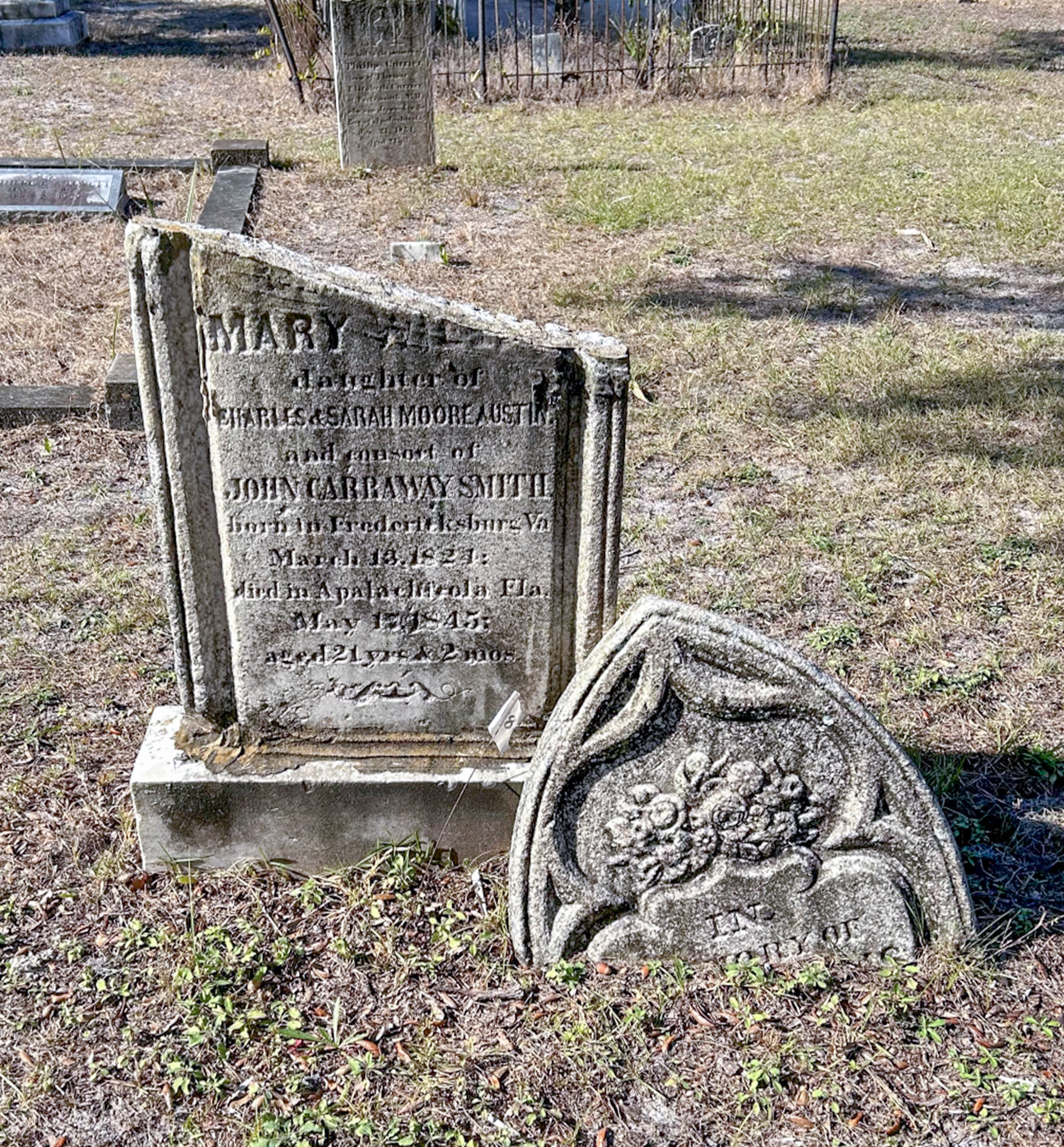
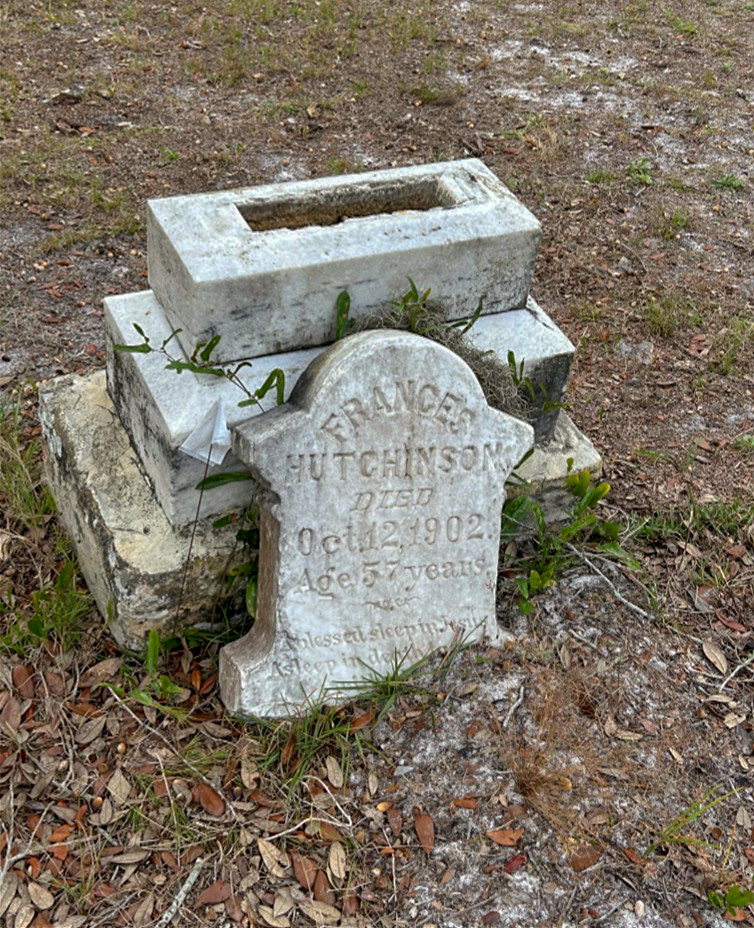
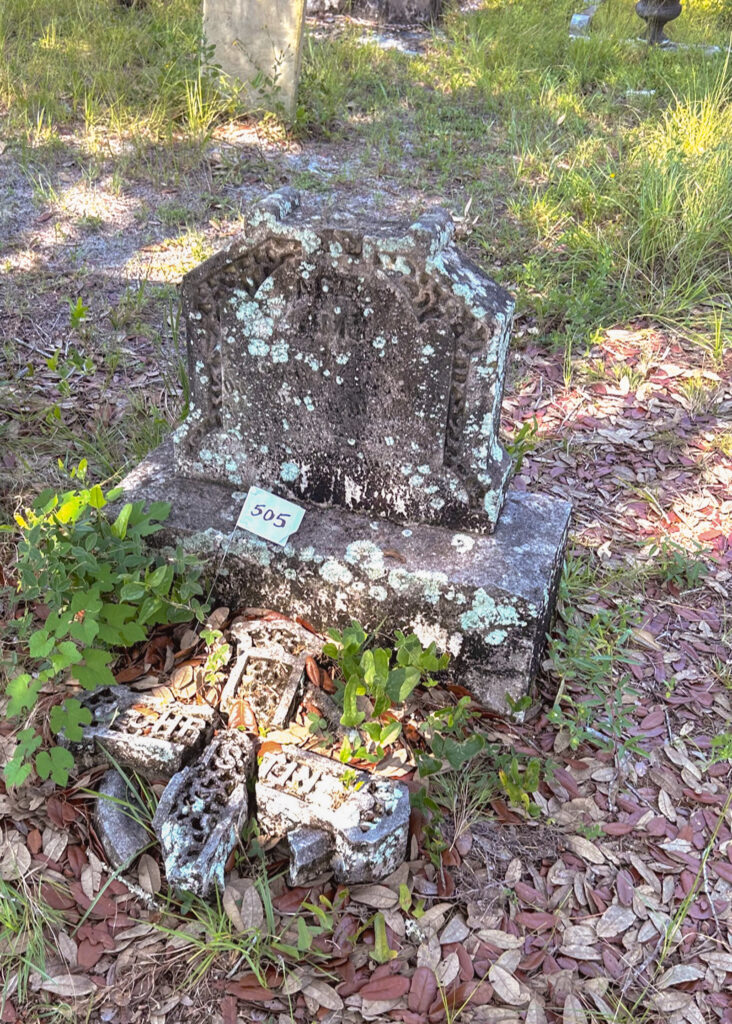
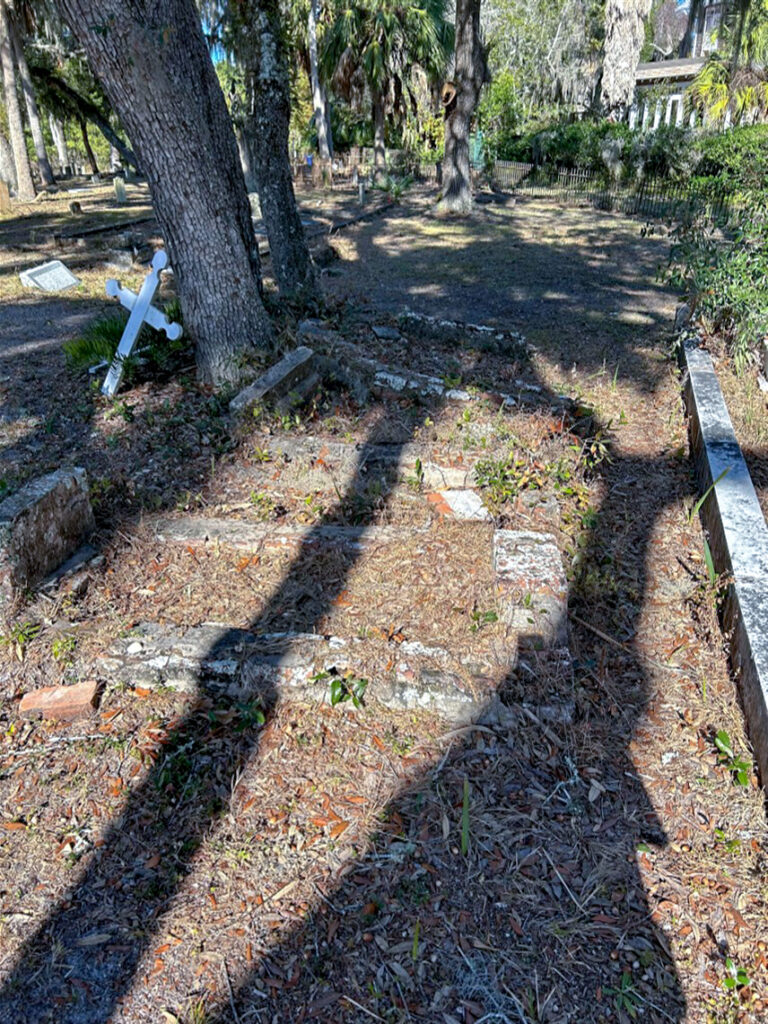
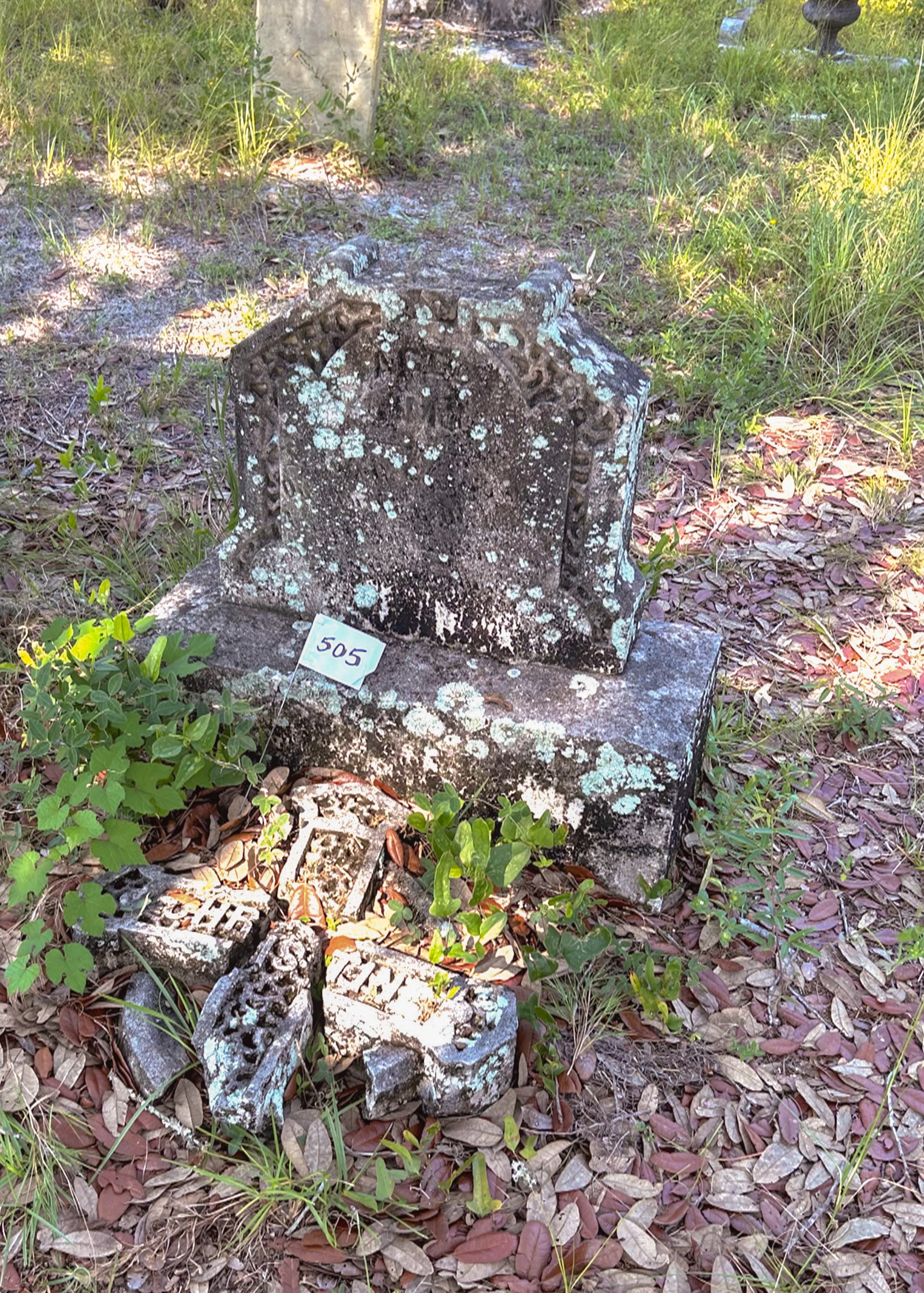
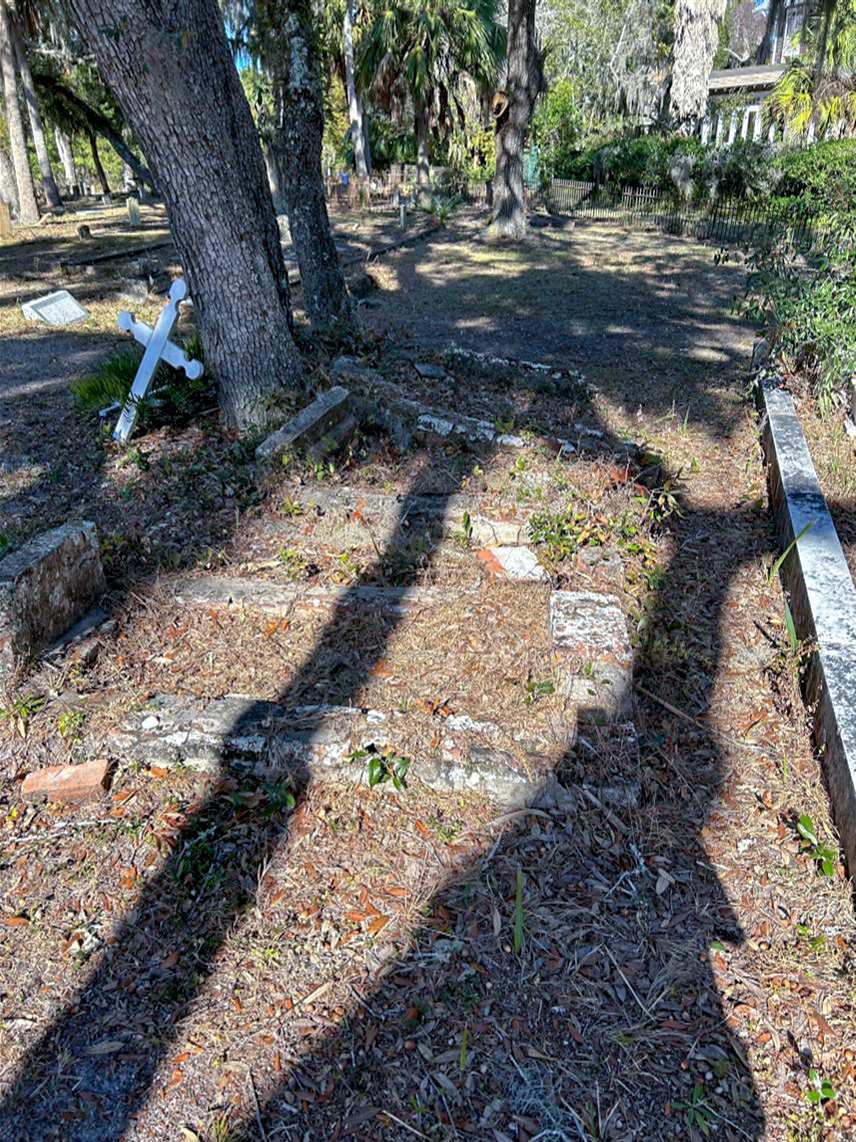
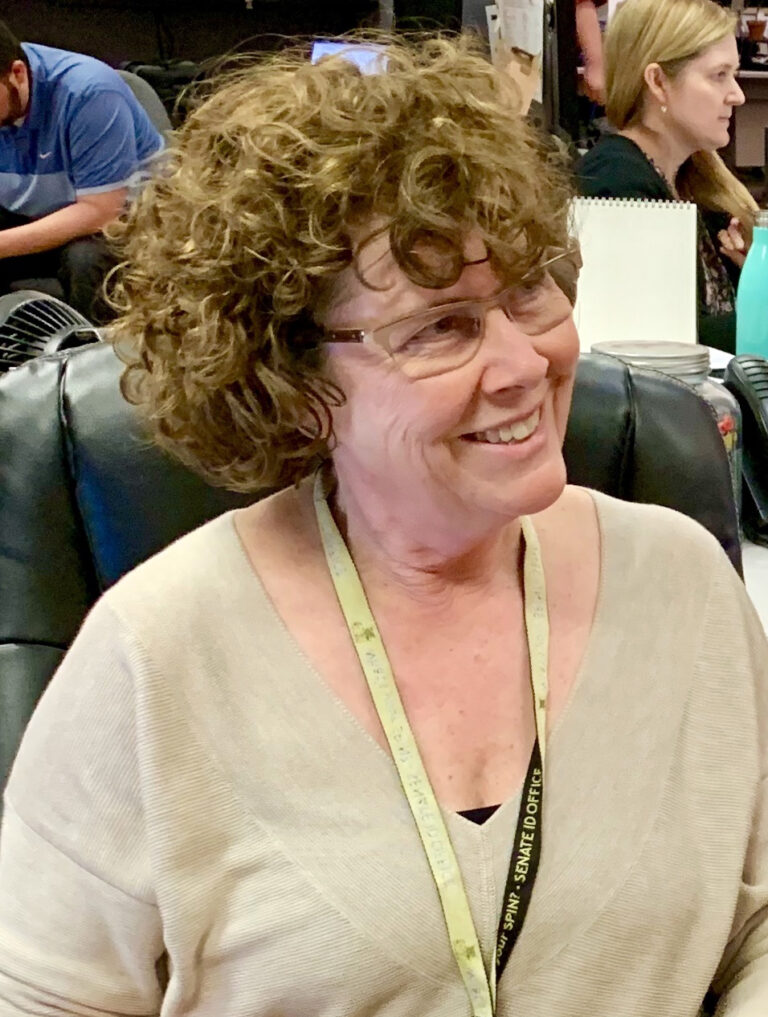
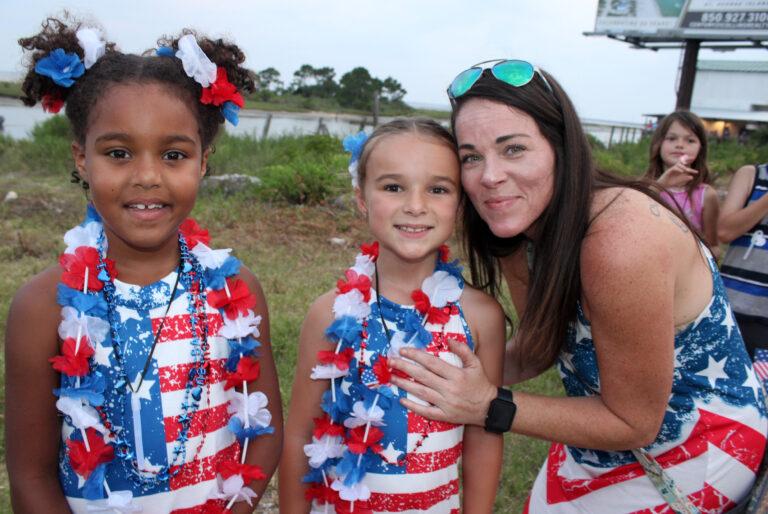
Meet the Editor
David Adlerstein, The Apalachicola Times’ digital editor, started with the news outlet in January 2002 as a reporter.
Prior to then, David Adlerstein began as a newspaperman with a small Boston weekly, after graduating magna cum laude from Brandeis University in Waltham, Massachusetts. He later edited the weekly Bellville Times, and as business reporter for the daily Marion Star, both not far from his hometown of Columbus, Ohio.
In 1995, he moved to South Florida, and worked as a business reporter and editor of Medical Business newspaper. In Jan. 2002, he began with the Apalachicola Times, first as reporter and later as editor, and in Oct. 2020, also began editing the Port St. Joe Star.